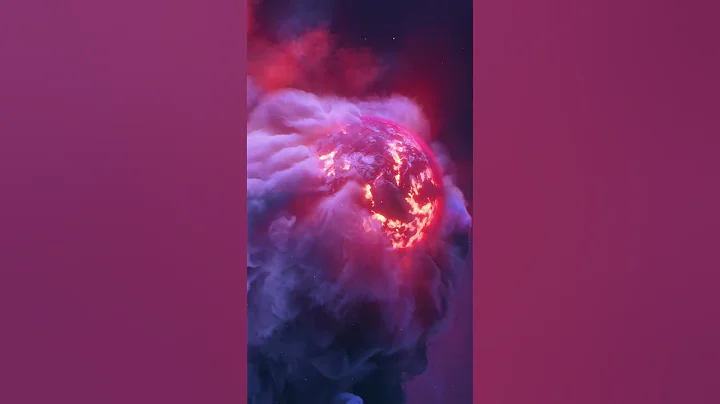An astonishing phenomenon of the human subconscious known as "paranoia" allows our imagination to find familiar images among a complete confusion of objects. Clouds, shadows or simple scattered debris instantly implant in our brains the association of an animal, a human face or a mythical hero. Scientists believe that Pareidolia is a congenital condition inherited from our ancestors, which allowed them to discern camouflaged dangers among leaves and grass.
Nonetheless, our mysterious brain options play very different roles in modern civilization. As Leonardo da Vinci wrote "Pareidolia is the eternal source of inspiration for painters". In fact, the zodiac signs, the landscape images in the park, and even the symmetrical design method are all based on our ancient Tai Chi diagram. Some artists, such as Giuseppe Arcimboldo, created their own artistic movements utilizing Pareidolia in its purest form.
In the previous article we talked about the amazing vitality of trees, today we will show how our green neighbors can evoke the most unexpected images. Funny and mysterious faces, scary monsters, decent and not-so-decent body parts, all this weird stuff you can find in our selection. Welcome to leave a comment, your opinion is very important to us.
Teenage Mutant Ninja Turtles

An Owl Tree

Emotional Young Lady

Octopus Roots

Pleasantly shaped Banyan Tree

Leilei

A frightened tree

Dragonfly water

Kissing the dragon's nose

One of the stories of Gogol tree

thinking olive treeGinosa

a big smile

famous rex tree, dinosaur tree

no comment required

demonic "tree"

employee

godzilla eating the moon

a chopped angel

a very sad tree

edible fence tree

a tree on a walk

a passionate tree

elk tree

this The bottom of the tree looks like a dragon

A tree with many eyes

A human face on the trunk





surprise

cockscomb clump

skull-shaped tree stump

crocodile

broccoli tree

a tree trying to eat a branch

man-bear-pig






















